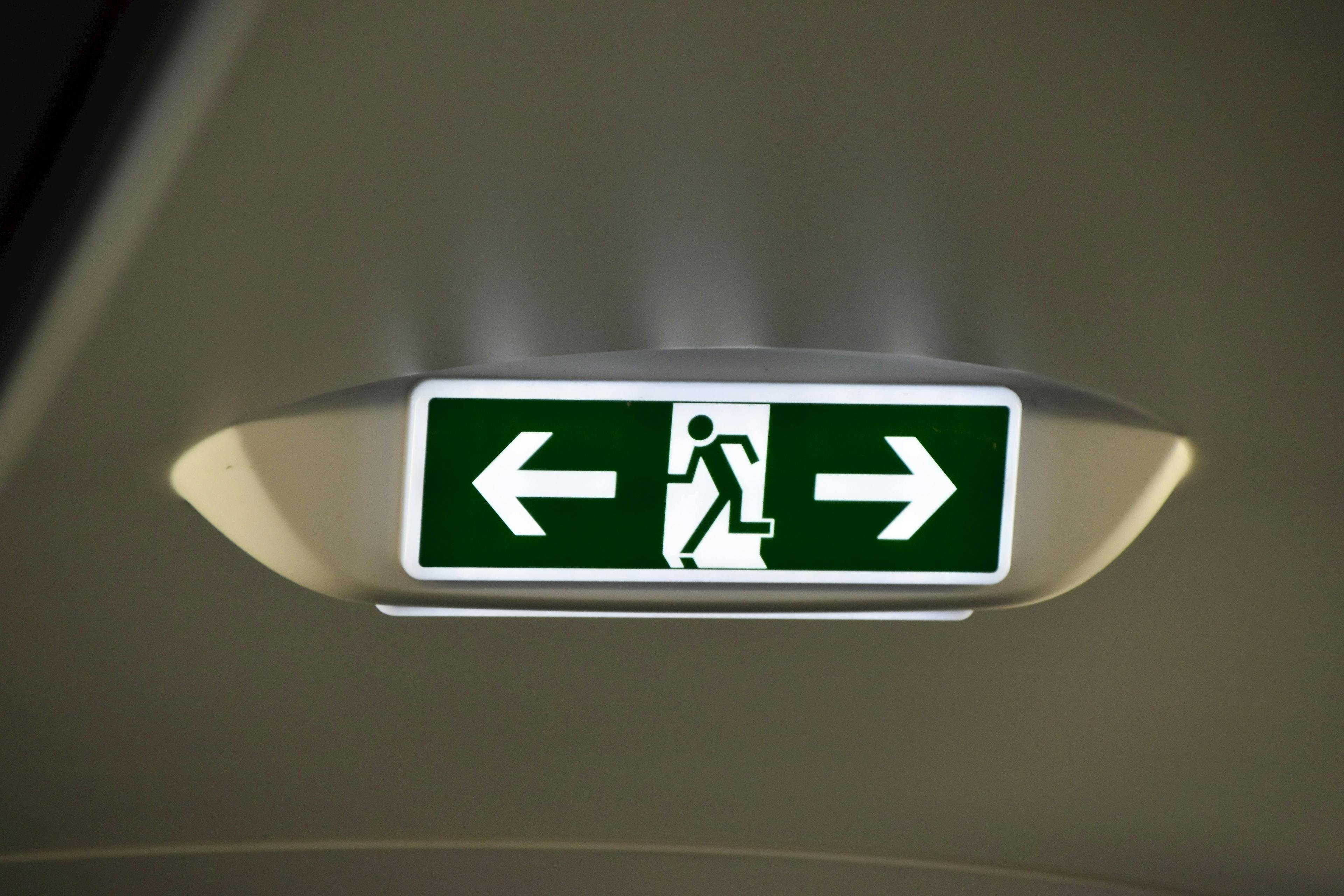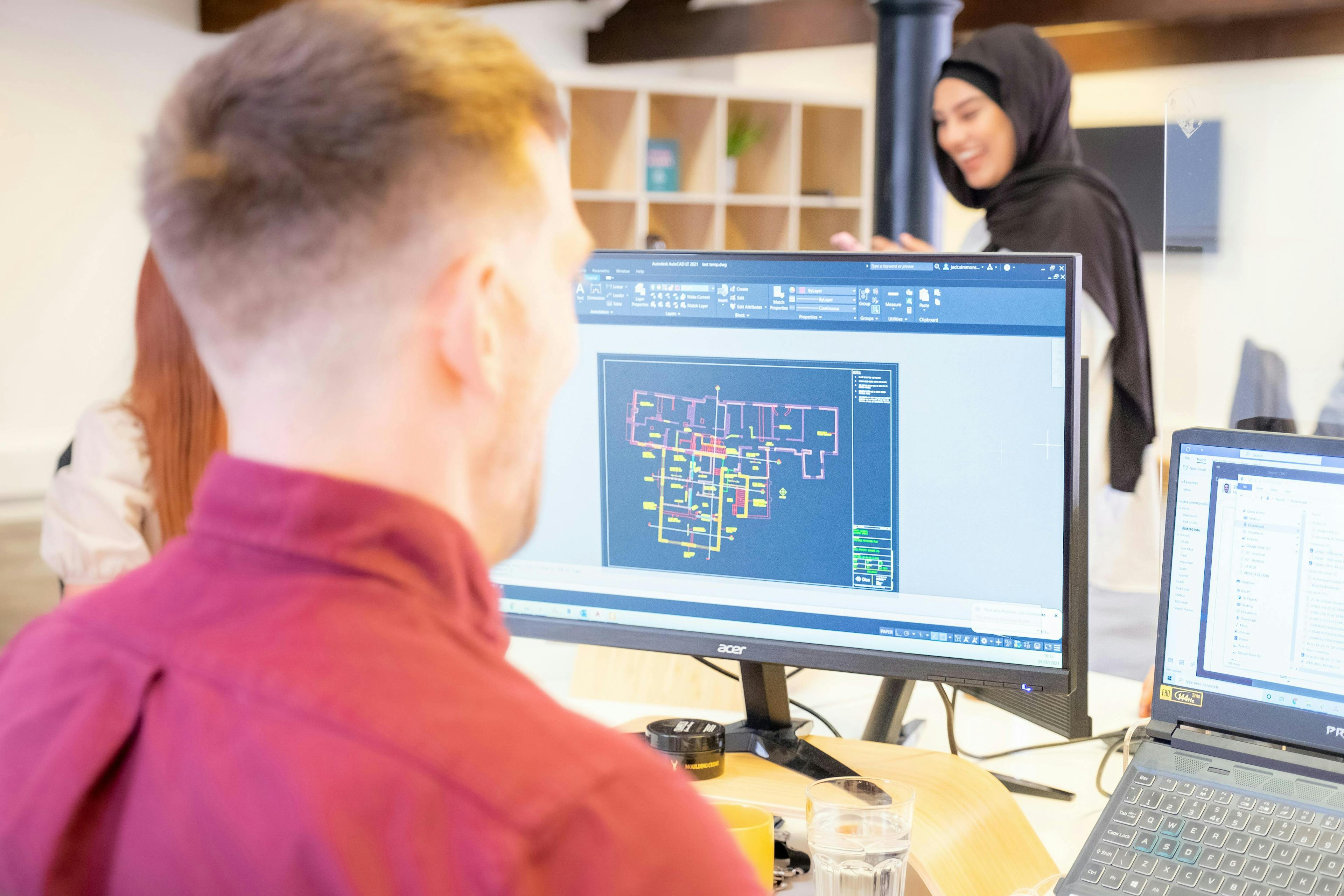BIM and fire safety
As the world continues to move to an evermore digitised future, the world of construction is no exception and engineers, architects and builders alike must find ways to be innovative and creative where their processes are concerned.
BIM (building information modelling) is a process, or set of processes, which is vital in the digital journey. In simple terms, BIM improves collaboration and minimises errors. Allowing construction professionals the tools to improve their operations at every stage, BIM offers a number of benefits compared to the traditional approach, including cost and efficiency.
The introduction of laser scanners and point clouds have helped the accuracy of surveys, as well as providing a cost saving figure over the project lifetime. Point cloud surveys and similar such methods remove the traditional approach of repeated site visits during the early stages of a project.
Operating in a digitised environment also allows design teams to work collaboratively on the same data from multiple disciplines and to be able to review information in real time. This not only improves collaboration but also improves efficiency which in turn reduces costs.
Perhaps the most important benefit of BIM though is safety. Managing projects in this way can mean fewer unseen challenges, smaller margins of error and enhanced fire safety.
Implementing BIM at the design stage of a project can be beneficial in so many ways, especially in terms of fire safety. Using technology such as a BIM cave, clients and contractors can feel as though they are stood within their building. Being able to virtually see elements of the project at a true to life scale, enables professionals to see things that they not otherwise notice on a 2D drawing. Examples of this could include elements like corridor widths for easier fire exits or noticing that a corridor has too many corners for a safe exit. Similarly, within the BIM cave you can look up at the ceilings and potentially notice that there are not enough smoke detectors within a certain area.
Another key use of BIM, not only for fire safety but also for general project checking, is Clash Detection. Software packages such as Navis works allows collaboration of multiple models into one central model. This would allow the Project Information Manager to detect any potentially hazardous areas or clashes, such as hot pipes and/or services coming into close contact with highly flammable materials or areas.
BIM also assists with facility management and the aftercare of projects. Facility Managers will be given an As Built model after project completion. Within this model, everything that has been designed will contain extra information in its metadata. Items such as steel columns will have their fire rating within this metadata, as will wall insulation, roof tiles etc. This all becomes even more useful when future works may be required on the project, and contractors can refer to the As Built model to make sure they are not interfering with anything that has the potential to become a fire risk.
Fundamentally, BIM is the future of construction. Certain standards and procedures will continue to evolve over time but the move towards a single collaborated model (Digitized Environment) brings so many benefits, it’s no longer just a discussion for companies, it’s now a must-have.

